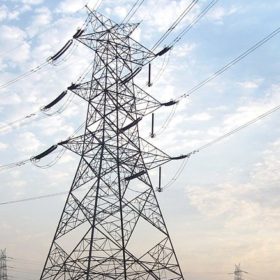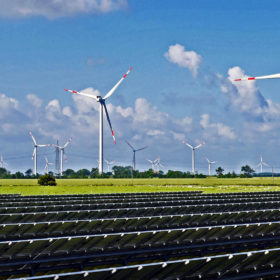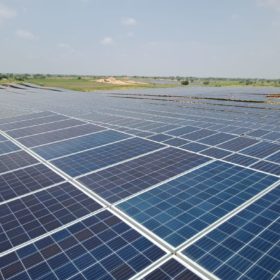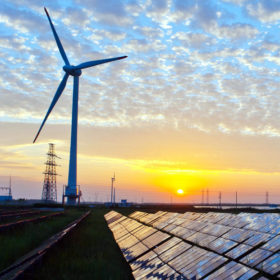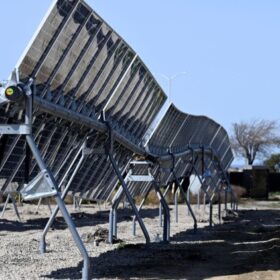The case for distributed solar with storage
Gopal Lal Somani, a former director at the Jaipur-based Rajasthan Renewable Energy Corporation Ltd (RRECL), says distributed solar systems with storage are the key to achieving India’s mission of supplying clean energy at an affordable cost to all. In this article, he dwells on the benefits and techno-commercial feasibility of these systems for the nation.
The world has 53 million hectares of abandoned cropland suitable for solar PV deployment
Researchers in Norway have mapped all cropland areas that were abandoned between 1992 and 2015 and found that the vast majority is suitable for PV and bioenergy deployment. Around 30% is located in Asia, followed by the Americas, with a 28% share, and Africa, with a percentage of 22%. Europe and Oceania had shares of 20% and 5%, respectively.
India’s 2030 electric vehicle ambition could create INR 85,900-crore battery opportunity
A new report says that the nation would require an estimated annual battery capacity of 158 GWh to realize its 2030 electric vehicle (EV) adoption target. Meeting this potential demand would require investments exceeding INR 85,900 crore (US$ 12.3 billion) in case battery manufacturing is 100% indigenized.
The future of power electronics is distributed, aggregated and service oriented
IHS Markit released a white paper in which the analyst outfit shared some predictions for the power electronics market. First and foremost, inverters will become smarter, and after some power outages in key markets, these devices are gearing up to take on more grid stabilizing tasks, which hitherto had been reserved for synchronous generators.
Novel financing model gives competitive advantage to international renewable energy players
India Ratings says innovative measures to mitigate financing risks, optimize financing costs, and reduced currency risks leading to higher equity returns and better coverages provide international renewable energy players an edge over domestic peers.
SJVN, IREDA sign MoU for green energy projects
As per the agreement, the Indian Renewable Energy Development Agency (IREDA) will undertake techno-financial due diligence of renewable energy, energy efficiency and conservation projects for state-owned hydropower producer Satluz Jal Vidyut Nigam Ltd (SJVN).
India’s path away from climate disaster lies in the rapid growth of renewable power
The nation is already firmly positioned to lead the world in the clean energy revolution. Consolidating this position would unlock significant economic growth and competitiveness by attracting domestic and foreign investment, creating jobs, and improving public health.
Guidelines issued for feeder-level solar plant installation under PM KUSUM Scheme
The Distribution Companies (DISCOMs) shall be the implementing agency for agricultural feeder-level solar plants and shall incentivize farmers for consuming power below the benchmark consumption for their area—an important measure for conserving groundwater level.
IEX launches new contracts to enable renewable energy trade on the same day and up to 11 days ahead
The two newly introduced green contracts, daily and weekly, are in addition to already operational intra-day and day-ahead contingency contracts in the green market.
INR 2.0/kWh tariff is a new milestone in Indian solar PV history
The minimum solar tariffs discovered fell by 131.5% over the last five years, with an 18% drop achieved in the last five months alone.



